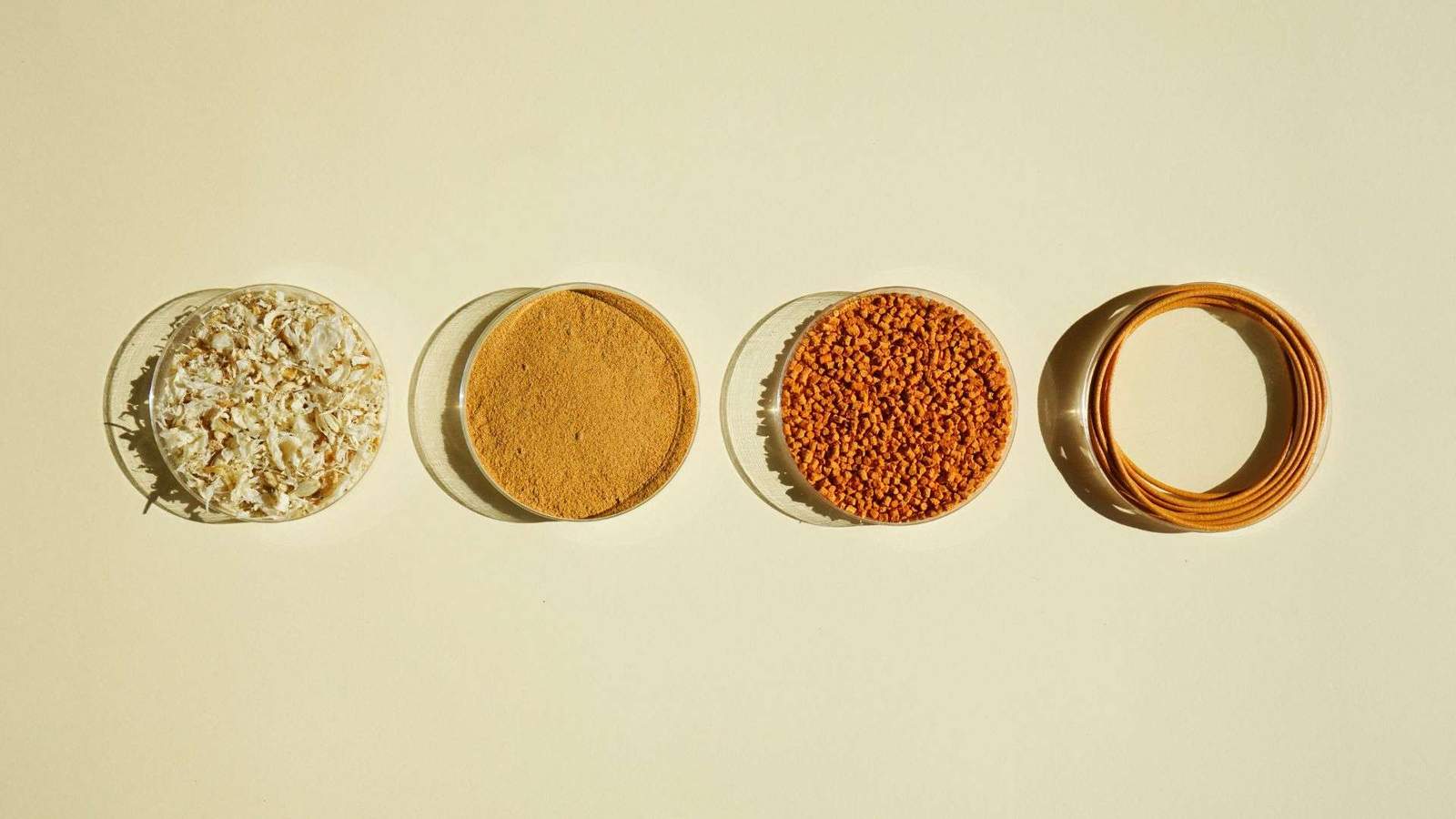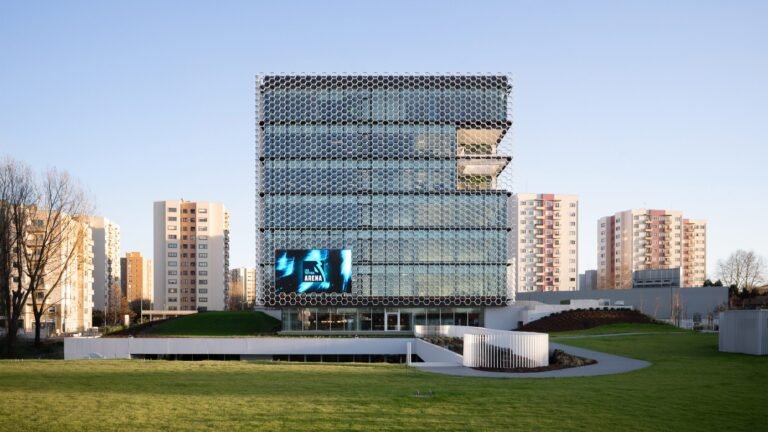Site Fencing Begins for Ajdan Towers Project in Riyadh’s Al-Rahmaniyyah District
Riyadh Saturday, May 17, 2025
Initial construction work has officially kicked off at the prominent intersection of King Fahd Road and King Abdullah Road in Riyadh’s Al-Rahmaniyyah district. Site fencing begins for the highly anticipated Ajdan Towers Riyadh project. This is a major mixed-use development with a total investment estimated at two billion Saudi riyals.

A Strategic Urban Corner
The project’s location is one of the most sought-after in the city. Sitting at the junction of two of Riyadh’s most vital thoroughfares, King Fahd Road and King Abdullah Road, the site offers exceptional accessibility and urban connectivity. This positions the iconic Ajdan Towers as a future landmark in the northern part of the capital.
Covering a plot area of approximately 21,285 square metres, the project has ample space that supports the construction of a large-scale architectural complex. It comprises significant Ajdan Towers Riyadh structures. Furthermore, it reflects Riyadh’s rapid urban evolution.
A Fully Integrated Urban Destination
According to early project information, Ajdan Towers Riyadh will include a diverse mix of residential apartments, office spaces, and commercial units. These are all designed with contemporary architectural standards that align with the city’s aspirations for modern, liveable urban environments.
Beyond aesthetics, the structures aim to offer functional, well-connected urban spaces. These spaces support both individual lifestyles and commercial activity. This creates a cohesive environment for living, working, and retail in Ajdan Towers Riyadh.
On-Site Activity Already Underway
Recent aerial images show the project site bustling with movement. Ajdan Towers Riyadh construction equipment, transport trucks, and material storage units are clearly visible. These are signs that groundwork is actively progressing. In the background, the urban skyline of Riyadh stands tall with newly built towers and multi-level residential blocks. This highlights the city’s ongoing architectural expansion.
The surroundings also reveal landscaped zones and green patches. This signals an effort to maintain a balance between built environment and nature.
ArchUp continues to follow the development of this project as part of its commitment to documenting the architectural landscape of the Kingdom.






